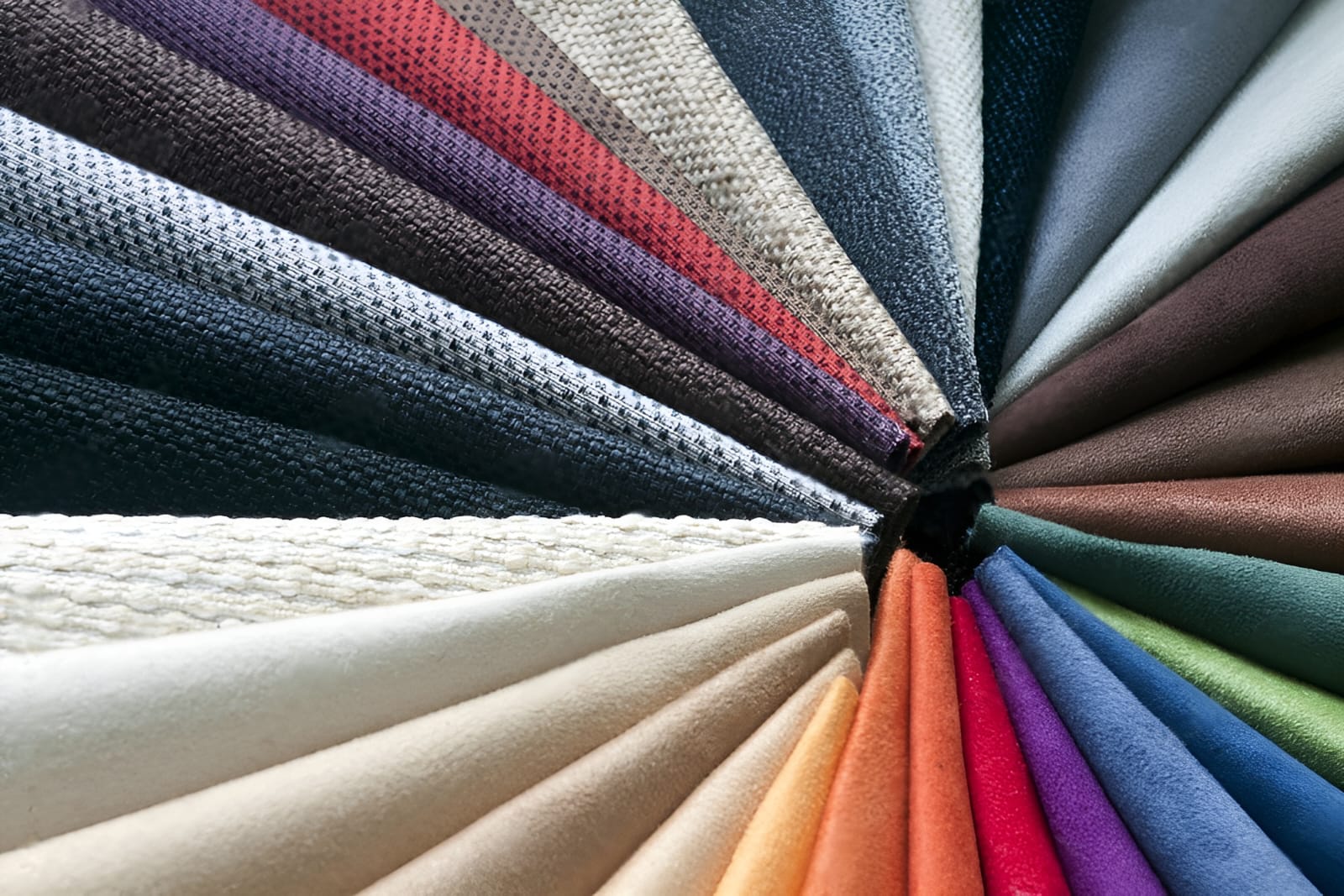Textiles

Textiles
Welcome to the world of textile exporting and importing, where fabrics, industrial and company uniforms, footwear, pilot uniforms, and security uniforms play a vital role in global trade. In this short guide, we’ll explore the key aspects of this dynamic industry and provide insights for both newcomers and seasoned professionals.
Textile Exports: A Global Market
Textiles encompass a wide range of products, including fabrics, clothing, and accessories. The textile industry is a global giant, with countries around the world participating in the production and trade of these goods. Exporting textiles offers businesses the opportunity to tap into international markets and diversify their customer base.

Key Exported Textile Products
Fabrics
Fabrics are the foundation of the textile industry. From cotton to silk, polyester to wool, fabrics are exported worldwide to meet various consumer and industrial needs.
Industrial and Company Uniforms
Workwear is an essential part of many industries. Exporting industrial and company uniforms allows businesses to provide quality attire for their employees across borders.
Footwear
From casual sneakers to specialized work boots, the global footwear market is expansive. Exporting footwear presents opportunities to showcase fashion and functionality.
Pilot Uniforms
In the aviation sector, pilot uniforms are more than just clothing; they symbolize professionalism and safety. Exporting pilot uniforms requires precision and adherence to industry standards.
Security Uniforms
Security personnel play a critical role in maintaining safety and order. Exporting security uniforms contributes to the global security industry.
Challenges and Considerations
While the textile trade is lucrative, it comes with its own set of challenges. These may include navigating international regulations, quality control, logistics, and market competition. It's crucial for businesses to conduct thorough research and establish robust supply chain management systems.
Importing Textiles: Meeting Demand
On the flip side, importing textiles allows businesses to access a wider variety of products and cater to diverse consumer preferences. Importers must focus on understanding market demands, negotiating favourable terms with suppliers, and ensuring efficient import logistics.
Conclusion
In the textile industry, exporting and importing textiles, including fabrics, uniforms, footwear, pilot uniforms, and security uniforms, opens doors to a world of opportunities. Whether you're a manufacturer, exporter, or importer, staying informed about market trends, regulations, and consumer preferences is key to success in this ever-evolving industry.
